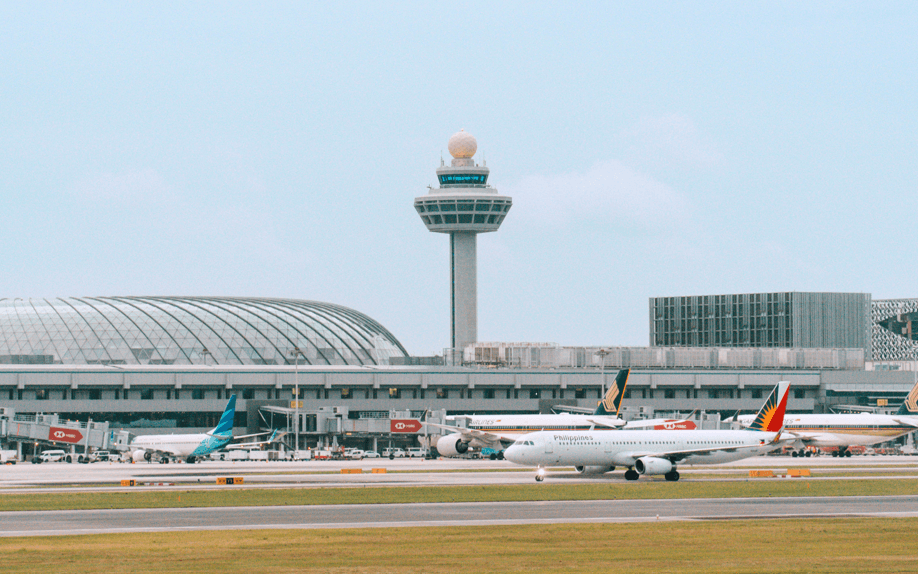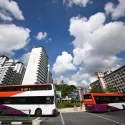- Changi Airport is increasing cargo capacity from 3 million to 5.4 million tonnes by the mid-2030s through Terminal 5, the Changi East Industrial Zone (CEIZ), and ALPS 2, integrating automation, robotics, and autonomous mobility to meet rising Asia-Pacific cargo and passenger demand
- The airport leverages its proximity to PSA Singapore’s port to enable seamless air-sea transshipments, supporting flexible, diversified logistics networks as a hedge against geopolitical or supply chain disruptions
- Upgrades such as SATS’ Bulk Unitisation Programme Handling Centre and S$250 million SG Hub enhancements improve turnaround times, terminal capacity, and cargo handling efficiency, ensuring Changi can manage current volumes while preparing for future growth
Singapore’s Changi Airport is advancing one of the most ambitious cargo infrastructure expansions in Asia, even as the global airfreight sector enters a more subdued growth phase.
Following a sharp 15 percent increase in international air cargo throughput in 2024, growth at Changi slowed to 4 percent year-on-year in the first seven months of 2025. Despite this moderation, the airport is continuing with plans to increase its cargo handling capacity from 3 million tonnes per annum to 5.4 million tonnes by the mid-2030s.
That growth will be enabled by the development of Terminal 5 (T5), the Changi East Industrial Zone (CEIZ), and a major expansion of the Airport Logistics Park of Singapore (ALPS 2). In a region where many hubs are reassessing timelines or taking incremental steps, Changi’s all-in strategy stands apart.
Building for long-term demand
“Asia Pacific is among the fastest growing markets over the next two decades,” said Lim Ching Kiat, Executive Vice President, Air Hub and Cargo Development at Changi Airport Group. “Changi Airport is well-poised to serve this rise in passenger and cargo demand with additional capacity.”
The International Monetary Fund forecasts continued GDP growth of around 4 percent for Southeast Asia through 2030. Changi is positioning itself to serve not just growing volumes but also evolving flow patterns and cargo needs. T5 will be fully integrated into the wider Changi ecosystem and feature automation, robotics, and trials of autonomous mobility for baggage, passenger, and cargo transfers.






